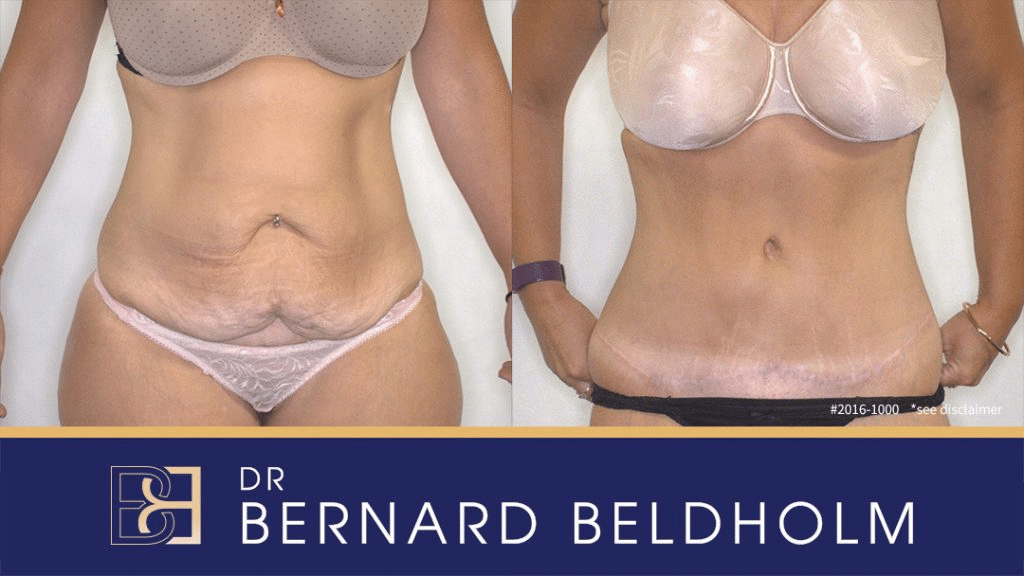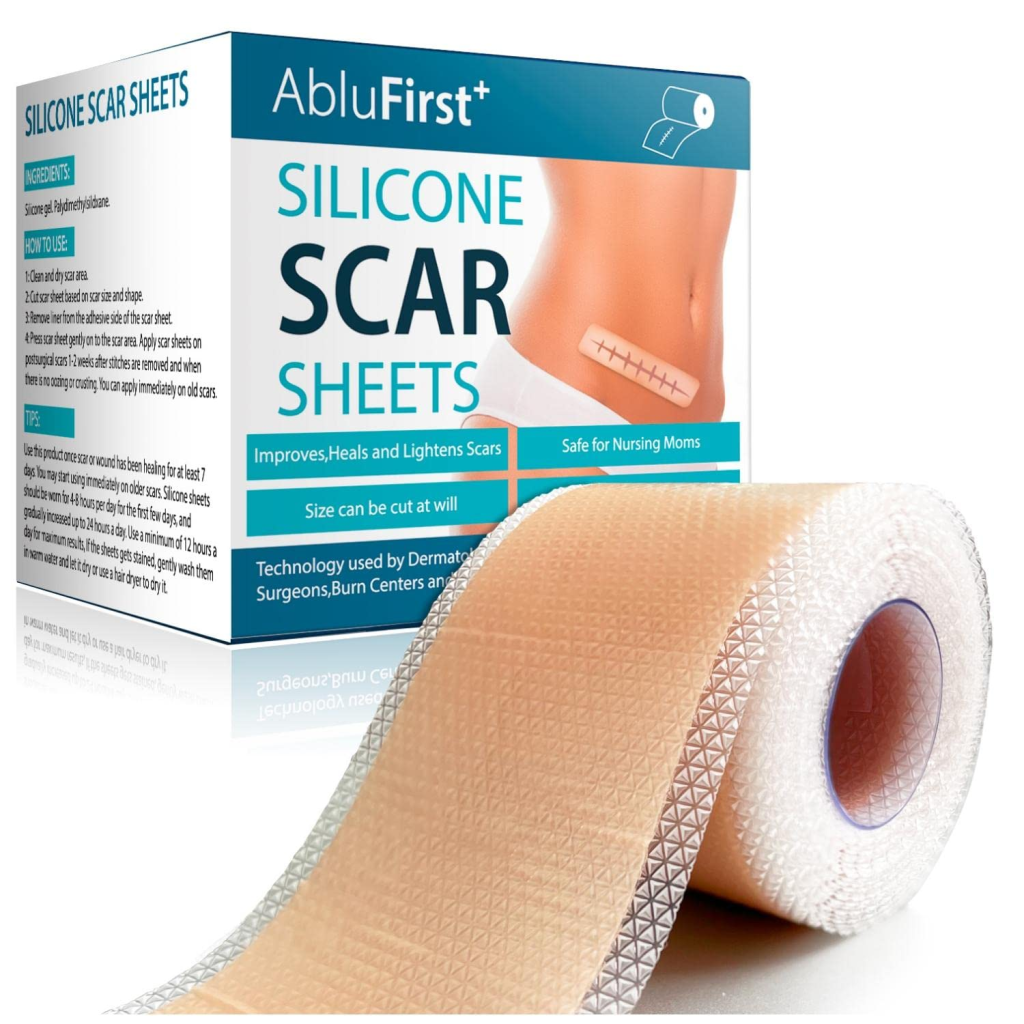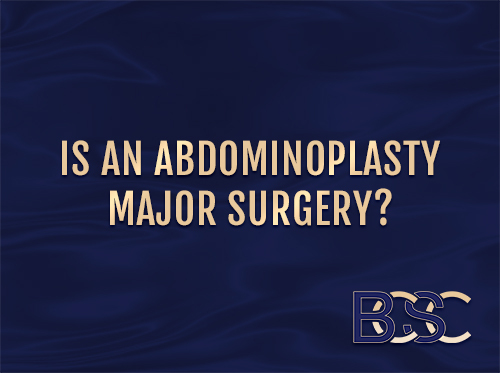Proper Aftercare Following Abdominoplasty (Tummy Tuck) Surgery
Recovering from an abdominoplasty (tummy tuck) requires careful attention to aftercare. Following the guidance of your specialist surgeon is the best way to support healing, protect your incision, and minimise the chance of complications.
Abdominoplasty procedures usually take between 2 to 6 hours, depending on the amount of skin to be removed, whether abdominal muscles are repaired, and whether liposuction is performed at the same time. While the operation is measured in hours, recovery is measured in months, and in some cases, the body continues to adjust over one to two years.
Below are key areas of aftercare that form part of recovery following abdominoplasty.

Disclaimer: Operation performed by Dr Bernard Beldholm. Adult content, surgery has risks; individual results vary, seek 2nd opinion. Please see the full disclaimer.
Protecting the Incision Site
The incision is most vulnerable in the first weeks after surgery. At Body Contouring Surgery Clinic, we apply PICO™ negative pressure dressings in the immediate post-operative phase (usually the first week). These dressings help reduce fluid build-up and create a clean environment for wound healing. After this period, patients usually transition to tape dressings.
During the early weeks:
- Avoid strenuous movements, bending, or heavy lifting.
- Wear a medical-grade compression garment or binder as advised. This can help limit swelling and provide gentle support to the abdominal tissues.
- Take short, gentle walks around the house to promote circulation and reduce the risk of blood clots.
- Use prescribed medications, including pain relief, as directed by your surgeon.
Nutrition and Hydration
The body’s ability to heal depends significantly on nutrition and hydration. A balanced diet should include:
- Protein (meat, fish, eggs, tofu, legumes, nuts) to support tissue repair.
- Vitamin A (pumpkin, carrots, mango) to help maintain skin health.
- Vitamin C (kiwi fruit, tomatoes, broccoli) to support collagen production and wound healing.
- Zinc (seafood, eggs, seeds) to assist with immune function and tissue repair.
Drinking adequate water is equally important for circulation and recovery. Smoking should be avoided, as it reduces blood supply to tissues and impairs healing.
Sun Protection
Healing scars are sensitive to sunlight. Direct exposure to ultraviolet (UV) rays can cause the scar to darken permanently. Protect the incision by:
- Covering it with clothing or dressings when outdoors.
- Choosing darker or thicker fabrics, as light-coloured or thin materials may not block UV effectively.
- Using swimwear that covers the abdomen (such as high-waist or one-piece designs) in the early recovery phase.
Dressings and Wound Care
Dressings are designed to protect against bacteria and support wound healing. Single-use negative pressure dressings, such as PICO™, provide a sealed environment and may reduce the risk of surgical site infection. These are typically used in the first days post-surgery, after which other dressings or tapes are applied according to the surgeon’s instructions.
Bathing and Hygiene
For the first week, the PICO system is not fully waterproof, so sponge bathing is usually recommended. Once PICO is removed and tape dressings are applied, patients can generally resume gentle showers, taking care not to direct high-pressure water onto the incision.
Baths and swimming should be avoided until the incision has fully closed (usually 4–6 weeks), as immersion can increase the risk of infection.
Exercise and Physical Activity
Movement plays an important role in recovery, but timing is essential:
- Day 1 onwards: Begin short, light walks.
- Weeks 2–4: Continue walking; stationary cycling may be added. Avoid core muscle strain.
- Week 6 onwards (if no muscle repair): Gradually increase activity intensity. If muscle repair was performed, wait at least six weeks before resuming targeted abdominal activity.
- By 3 months: Many patients are able to return to their usual routines, although this depends on individual healing and medical factors.
Always confirm activity clearance with your surgeon before restarting exercise or sports.
Scar Care

Once the incision has closed, the use of moisturisers or silicone-based gels may help keep the scar supple and hydrated. Some patients may also consider non-invasive scar therapies such as laser treatment, which can help reduce redness or vascularity in healing scars. Any such treatments should be discussed with your surgeon before commencement.
Key Points to Remember
- Follow your surgeon’s specific instructions.
- Wear compression garments as directed.
- Avoid smoking, and prioritise good nutrition.
- Protect the incision from sun exposure.
- Be cautious with hygiene and bathing until healing is established.
- Gradually reintroduce activity.
- Discuss scar management options with your surgeon.
Final Thoughts
Abdominoplasty recovery is a gradual process. Careful aftercare helps reduce risks such as infection, delayed healing, or widened scars. Every patient’s recovery is different, so it is important to keep in regular contact with your surgeon and attend all follow-up appointments.
References
- Winocour, J., Gupta, V., Ramirez, J., Shack, R. B., Grotting, J. C., & Higdon, K. (2015b). Abdominoplasty. Plastic and Reconstructive Surgery, 136(5), 597e–606e.
- Vidal, P., Berner, J. E., & Will, P. (2017c). Managing Complications in Abdominoplasty: A Literature review. Archives of Plastic Surgery, 44(05), 457–468.
- Harris, L., & Darby, P. (2020b). Enhanced Recovery after Abdominoplasty Using Perisurgical Nutritional Supplementation. Plastic and Reconstructive Surgery. Global Open, 8(12), e3314.
- Pallara, T., Del Buono, R., Marangi, G. F., Langella, M., Toto, V., & Persichetti, P. (2013). Outcomes of Traditional Cosmetic Abdominoplasty in a Community Setting. Plastic and Reconstructive Surgery.
- Chowdhry, S., Davis, J., Boyd, T., Choo, J., Brooks, R. M., Kelishadi, S. S., Tutela, J. P., Yonick, D., & Wilhelmi, B. J. (2015). Safe Tummy Tuck: Anatomy and Strategy to Avoid Injury to the Lateral Femoral Cutaneous Nerve During Abdominoplasty. Eplasty, 15.
- Saunders, C., Nherera, L., Horner, A., & Trueman, P. (2020). Single-use negative-pressure wound therapy versus conventional dressings for closed surgical incisions: systematic literature review and meta-analysis. BJS Open, 5(1).
- Norman, G., Shi, C., Goh, E. L., Murphy, E. M., Reid, A. J., Chiverton, L., Stankiewicz, M., & Dumville, J. C. (2022). Negative pressure wound therapy for surgical wounds healing by primary closure. The Cochrane Library, 2022(4).
![Traveling After Arm Lift Surgery [ A Complete Guide ]](https://bodycontouringsurgery.com.au/wp-content/uploads/2023/11/BCSC_travelling_after_brachioplasty_surgery_-featured_image-1.jpg)
